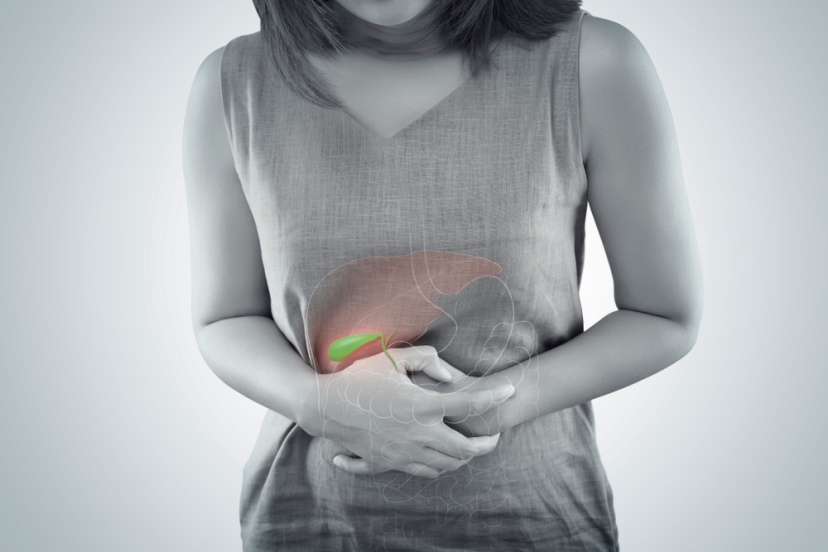Gallbladder Stones
Abdominal bloating and a feeling of fullness in your abdomen are often thought as the signs and symptoms of gastritis. However, it can also be the signs of the disease “Gallstones” which usually comes from the inappropriate eating behavior.
The Cause of Gallstones
Although there are many factors that may contribute to gallstones, the main factor is increasing fat or cholesterol level which the bile cannot dissolve. The excess cholesterol then forms into stones in the gallbladder. In most cases, the high amount of cholesterol results from high calories diet consumption and lack of exercise.
Is gallstones occurs only to the elderly?
Patients aged above 40 years old are often found having a risk to develop gallstones. However, as mentioned, the main reason behind gallstones is the high level of cholesterol which is caused by obesity, rapid weight loss and dieting, preferring to eat high-fat meal with low-fiber diet. Therefore, working adults aged below 40 years old are also more likely to get gallstones.
Gallstones made of cholesterol are frequently found among patients diagnosed with gallstones. This is due to high amount of cholesterol in the bile. Gallstones can also happen if gallbladder cannot empty its bile content properly. At the same time, there are pigment gallstones which are found in people with medical conditions: cirrhosis or blood diseases such as thalassemia or G6PD deficiency.
Signs and Symptoms of Gallstones
Mostly, gallstones do not cause any symptoms but some patients may experience symptoms including:
1.Abdominal bloating
2.Abdominal discomfort, indigestion after the meal especially when eating foods that are high in fat
3.Pain in the upper right abdomen
4.Severe abdominal pain extending to your upper back and right shoulder
5.Fever from inflammation of the gallbladder (acute cholecystitis)
6.Jaundice (yellowing of the skin or eyes), dark urine
7.Nausea and vomiting from gallbladder inflammation
Treatment of Gallstones
The suitable treatment method is the surgery to remove gallbladder because it will help prevent the recurrence of stones and prevent severe complications. Surgery to remove gallbladder is called cholecystectomy which is divided into two types:
1. Open cholecystectomy – it will be performed when the gallbladder is severely infected.
2. Laparoscopic cholecystectomy – it will be performed when there is no acute cholecystitis.
How to take care of the patient after the gallbladder removal surgery
The first thing that patient should pay attention is the surgical wound, avoid lifting heavy objects or travel long distances 1-2 month after the surgery as the wound may split open or dehisce.
In term of food, the patient should focus on having small meals, separating into 5-6 meals and reduce the amount of food to 25-50 percent for each meal. Recommend easily digestible food such as congee, steamed eggs, fish or steamed vegetables to make them easier on digestive system. Avoid high-fat foods by choosing fish in omega-3 fatty instead of fatty meat and fried food. Adjusting your lifestyle is significant to prevent gallstones disease.
You may find our specialist here at Surgery Center, Phyathai 2 Hospital
Phyathai 2 Hospital
International Correspondence Center
Tel: +66-2617-2444 ext. 2020 or 2047 E mail: onestop@phyathai.com
 @pt2_inter
@pt2_inter
 Phyathai 2 Cambodia
Phyathai 2 Cambodia
 PT2Chinese
PT2Chinese
 phyathai2inter
phyathai2inter
![]()
![]()
![]()
![]()

![]()
